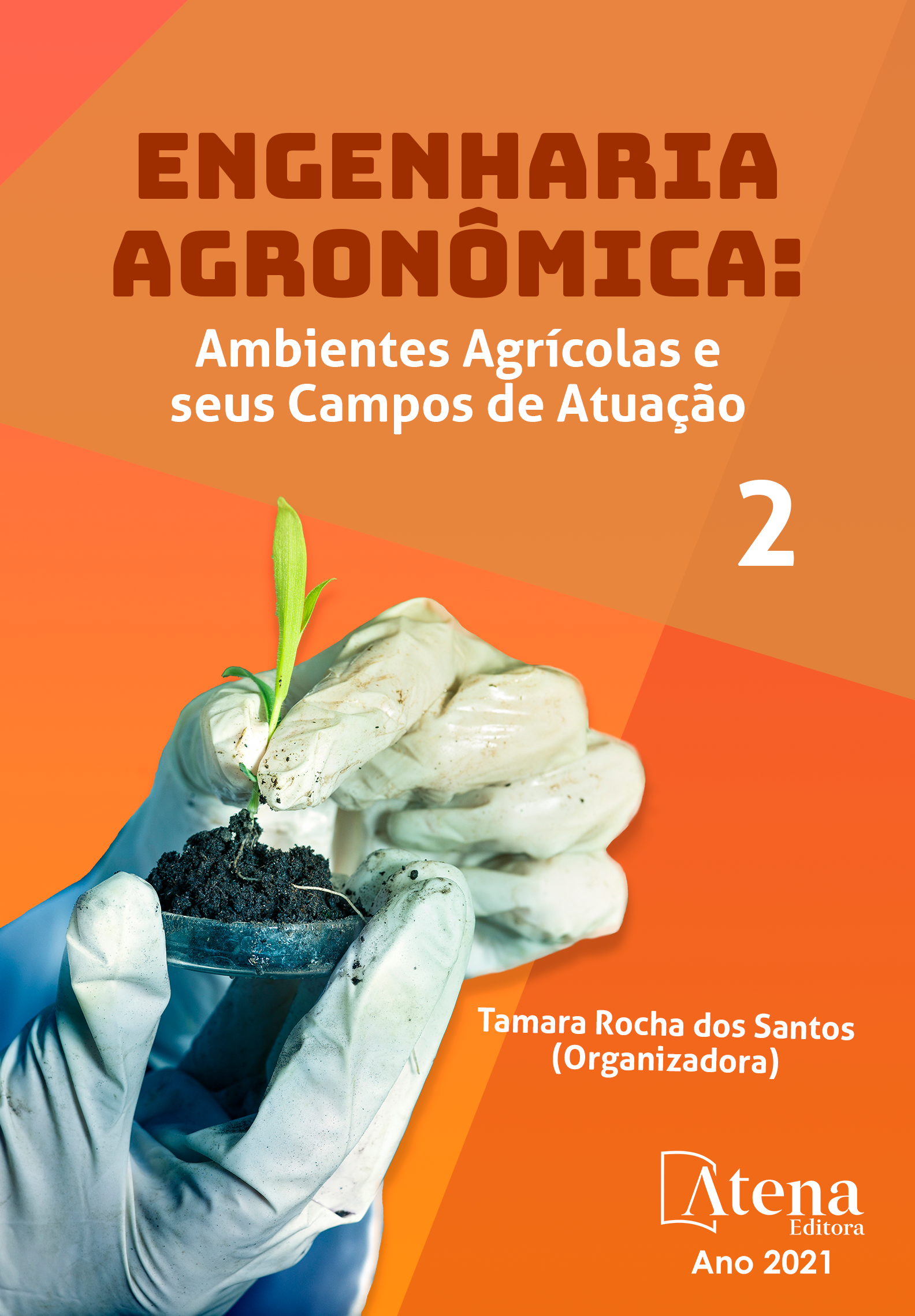
CONTROLE ESTATÍSTICO DE PROCESSO APLICADO ÀS PERDAS NA COLHEITA MECANIZADA DE CANA-DE-AÇÚCAR EM FUNÇÃO DO EXTRATOR PRIMÁRIO
Em decorrência da importância de produção da cana-de-açúcar, é preconizada a busca por ferramentas que auxiliam na solução dos problemas encontrados em campo, sendo um destes as perdas, as quais podem ser visíveis ou invisíveis. O objetivo deste trabalho foi a determinação das perdas das variáveis, cana-ponta e toco, em três rotações do extrator primário. O trabalho foi realizado em área agrícola localizada no município de União de Minas – MG, no mês de outubro de 2019, em solo de textura argilosa, cultivar CTC 4, em canavial de primeiro corte. Para determinar as perdas quantitativas em função da altura do corte de base e cortador de ponteiros ou despontador, foram quantificadas por meio das variáveis cana-ponta e toco. Os dados foram analisados através do Controle Estatístico de Processo (CEP), por meio de cartas de controle. Logo, é visível por meio das cartas de controle e amplitude a variabilidade dos dados nas maiores rotações, confirmando que, a altura e qualidade do corte de base tem maior influência às perdas em relação ao acionamento desnecessário do despontador.
CONTROLE ESTATÍSTICO DE PROCESSO APLICADO ÀS PERDAS NA COLHEITA MECANIZADA DE CANA-DE-AÇÚCAR EM FUNÇÃO DO EXTRATOR PRIMÁRIO
-
DOI: 10.22533/at.ed.45921040522
-
Palavras-chave: colheita, controle de qualidade, altura de corte
-
Keywords: harvest, quality control, cutting height
-
Abstract:
Due to the importance of sugarcane production, the search for tools that help in the solution of problems encountered in the field is recommended, one of which is losses, which can be visible or invisible. The objective of this work was to determine the losses of the variables, cane and stump, in three rotations of the primary extractor. The work was carried out in an agricultural area located in the municipality of União de Minas - MG, in the month of October 2019, in clayey soil, cultivar CTC 4, in the first cut cane field. To determine the quantitative losses as a function of the height of the base cut and pointer cutter or cutter, they were quantified using the variables cane-tip and stump. The data were analyzed using the Statistical Process Control (CEP), using control charts. Therefore, it is visible through the control and amplitude charts the variability of the data at the highest rotations, confirming that the height and quality of the base cut has greater influence on the losses in relation to the unnecessary triggering of the trimmer.
-
Número de páginas: 6
- Victor Augusto da Costa Escarela
- Flavio Junior Pichioni
- Thiago Orlando Costa Barboza
- Paulo Ricardo Alves dos Santos
- Carlos Alessandro Chioderoli
- Rodrigo Silva Alves


